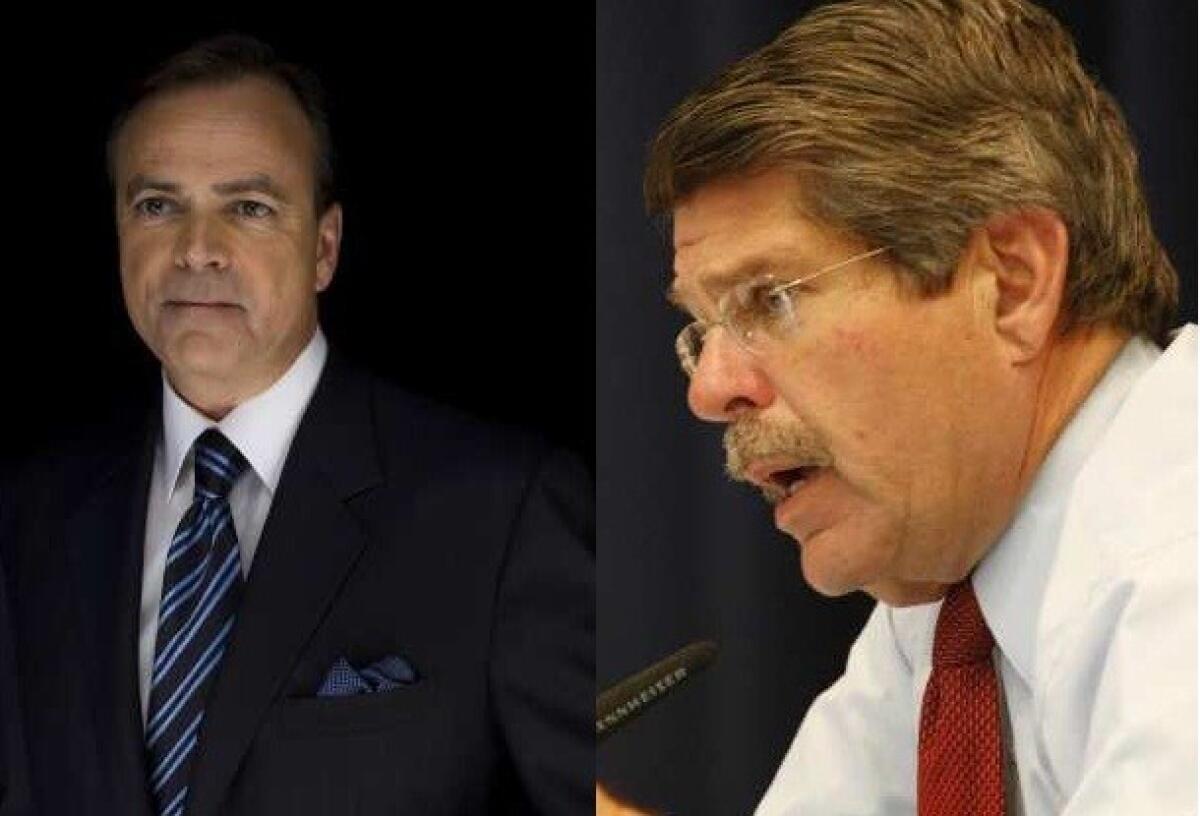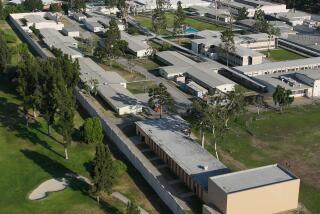Los Angeles Coliseum panel urged to reconsider ending rave ban

Two L.A. Coliseum commissioners Thursday urged their board to reconsider the surprise decision to lift a moratorium on raves that had been in place since the drug overdose death of a 15-year-old girl in June after she attended a massive festival at the stadium.
Commissioners Rick Caruso, a shopping center magnate who owns the Grove, and Los Angeles County Supervisor Zev Yaroslavsky said there was no advance notice that the moratorium might be lifted at the Wednesday meeting, from which both were absent. The vote was taken after a discussion of preliminary recommendations on improving safety at electronic music festivals.
“This is not going to be the last time this is discussed at the commission,” said Yaroslavsky, who was attending a Board of Supervisors meeting Wednesday. “I want people to have an opportunity to be heard.”
The Coliseum Commission’s agenda indicated a “report by general manager and possible action” on a variety of issues, including “electronic dance music events report.” There was no specific notice that a vote on the moratorium might occur. The agenda was posted in a glass case outside the Coliseum’s Gate 33A but was not available online.
“That’s a slap in the face of the community and the commissioners who aren’t present. It’s discourteous,” said Bert Saavedra of Baldwin Park about the limited access to and unspecific nature of the agenda. Saavedra was among those in a standing-room only crowd who urged in July that the ban be made permanent. A commission staffer said Thursday that future agendas will be posted online.
Caruso called the vote “underhanded.”
The vote by the joint nine-member city, county and state commission to lift the rave moratorium was 6 to 0, supported by President Barry Sanders; Vice President David Israel; Commissioners Fabian Wesson, Bernard C. Parks, Jerome Stanley; and Anthony Williams, an alternate who votes when other members are absent.
Sanders, Stanley and Parks, a Los Angeles City councilman, are appointees of L.A. Mayor Antonio Villaraigosa, while Israel, Wesson, Williams and Caruso were selected by Gov. Arnold Schwarzenegger. Also absent were L.A. County Supervisors Mark Ridley-Thomas and Don Knabe.
Coliseum General Manager Pat Lynch said commissioners were satisfied with additional safety measures taken during raves at the Sports Arena on Aug. 21 and Oct. 23, which were scheduled before the moratorium was imposed June 30. The measures included hiring doctors and nurses to work on site, enforcing an age limit of 18 and ending the events at 2 a.m. He said there was a reduction in the number of transports to nearby hospitals.
Yaroslavsky, however, questioned the comparisons because those were one-day events attracting 6,000 and 22,000 attendees, respectively, while the June rave drew 185,000 participants to the Coliseum over two days.
Israel defended his motion to lift the moratorium. Although he told rave organizers in July that they were “on probation,” he said Thursday that lifting the moratorium was “a reasonable thing to do.”
“It’s delusional to think that electronic dance festivals aren’t going to occur. What I want to prevent happening is for them to return to back alleys and warehouses,” he said. “If they go back to warehouses it would be tantamount to reversing Roe vs. Wade and going back to back alley abortions.”
Israel said the commission accepted the four-page draft list of recommendations from a special county panel formed to seek ways to make raves safer. He disputed Caruso’s charge that the vote was underhanded.
“The meeting was not a surprise,” Israel said. “Is he only saying he comes to the meeting when it’s something he’s particularly interested in?”
Raves at the Coliseum and Sports Arena generate significant revenue for the publicly owned facilities, which receive no government subsidy, and also create thousands of jobs, Lynch said in July.
In contrast to the venues’ glory days in decades past, when NFL teams like the Rams and Raiders played at the Coliseum, and the Lakers and the Clippers at the Sports Arena, the largest events now held are typically raves and USC football games.
But the late night raves have drawn the ire of police and residents, who say they generate crime and produce noise that can echo for miles. Physicians have complained about large numbers of drug-intoxicated, severely ill attendees needing treatment at nearby hospitals.
Israel said Thursday that the potential loss of revenue did not play a role in the commission’s decision. When asked about concern expressed by a high-ranking LAPD official about drug use at the raves, Israel said, “it’s actually the Police Department’s job to be concerned.”
Caruso said he believes that the Coliseum should no longer permit raves.
“They are scraping the bottom of the barrel to get events,” Caruso said. “But we don’t have to do things that are foolish. The Coliseum is a great venue. We should be more competitive.”
Yaroslavsky said the commission should discuss the future of raves when the special county public health commission finalizes its report on rave safety.
He wants to recommend ending events at 11 p.m., not 2 a.m. as recommended in the draft report, with the goal of reducing drug use and noise.
“What is the plan of action? What is the Coliseum doing to get the promoter to provide the emergency medical stations? To notify all of the various medical providers?” Yaroslavsky asked. “There needs to be another conversation.”
ron.lin@latimes.com
andrew.blankstein@latimes.com
More to Read
Start your day right
Sign up for Essential California for news, features and recommendations from the L.A. Times and beyond in your inbox six days a week.
You may occasionally receive promotional content from the Los Angeles Times.







